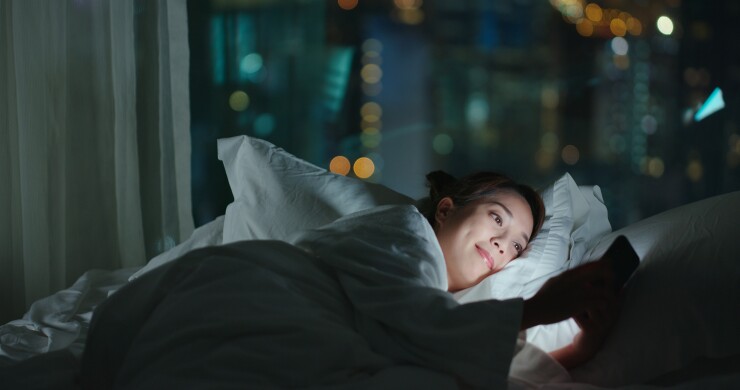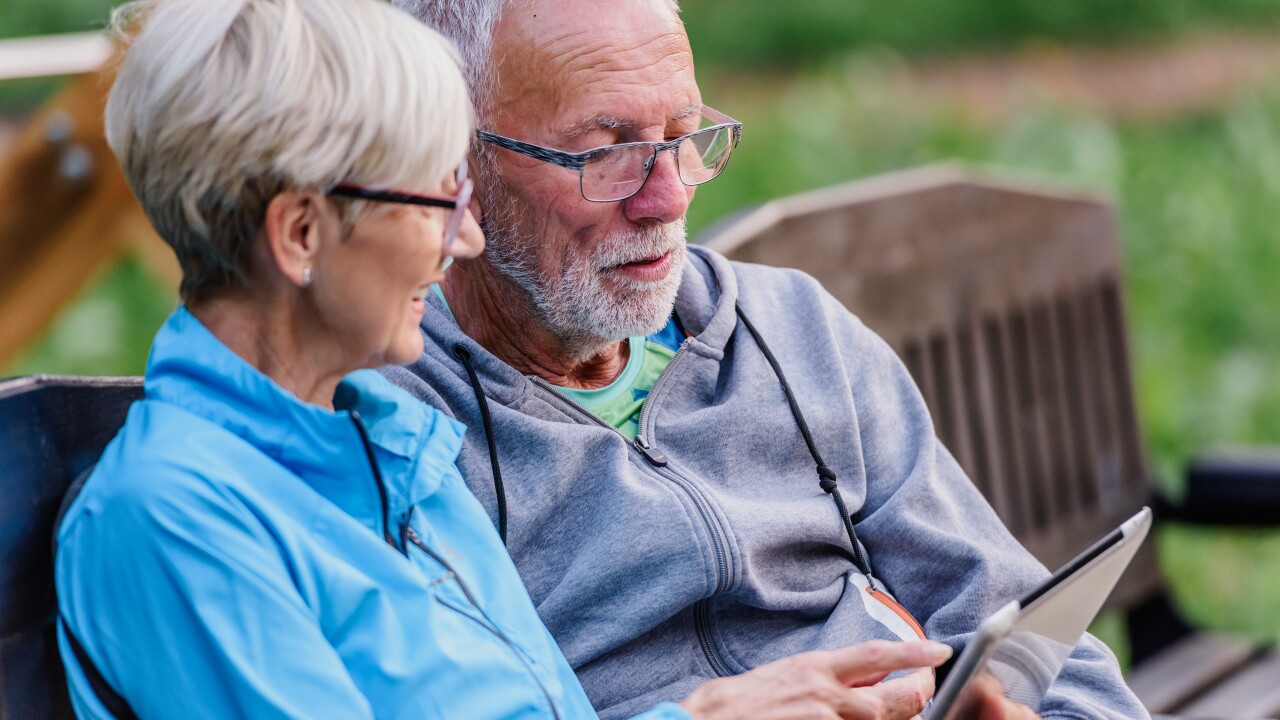Work and life will only get more dependent on technology. Taking
Research shows that the average adult spends over seven hours
The impacts of too much screen time are well documented in children, but adults are suffering as well. Along with inducing eye strain, increased social isolation, sleep issues and
"We've been conditioned to not allow ourselves those times where we can just be alone," says Brian Bovee, a 23-year veteran of the tech industry, associate professor, and author of a book on detoxing from digital life. "We've settled for the distractions our cell phones give us."
Read more:
But like any other lifestyle change, launching into a digital detox isn't always easy. Rather than simply setting screens aside and filling the time randomly, Bovee recommends a three-step process that leads to spending the time saved on things that matter.
Finding flow — without a phone
It's one thing to cut down on screen time; it's another to do so with purpose, Bovee explains. He stresses the need for people to find activities that allow them to get into a flow state — being immersed, energized and focused. What these activities are varies for each person, but the steps to success are the same: Preparation, then implementation of the detox, and then follow up, he says.
To find flow, Bovee recommends asking yourself what kinds of activities have allowed you to completely lose track of time because you were immersed; what tasks have you done that left you feeling deeply satisfied or accomplished after completion; what specific hobbies demand your full attention and focus; and what kinds of challenges do you enjoy that feel neither too easy, nor overwhelming?
Read more:
If stepping away from your phone or computer altogether, other important steps of preparation include letting people know you will be unavailable, having a paper map for directions versus using a map app, and erasing any apps that might be a temptation. Bovee recommends starting with a 24-hour detox and working up from there.
"What's key is that you're not only removing yourself from technology, you're actively pursuing those passions," he says. "Hopefully, during the time you're in your detox, you rediscover these passions and you don't want to go back to the way you were."
Assess and redirect your screen time
To see your level of screen dependency compared to others, resources such as Healthscreens.com offer
Read more:
Spending time screen-free can happen organically — being in the shower, washing the dishes or driving to work are all times to just think, and learn to be OK with being bored. People should embrace these moments, because they are critical to creativity and growth, he says.
"We think, 'I don't have time to be totally focused; I have such little time to do these kinds of activities,'" says Bovee. "But the reality is, we all have a time in the car or wherever, and those are the instances where we can take back that time that we're traditionally filling with things [that keep] our mind [from] getting time to process and make sense of the world."






